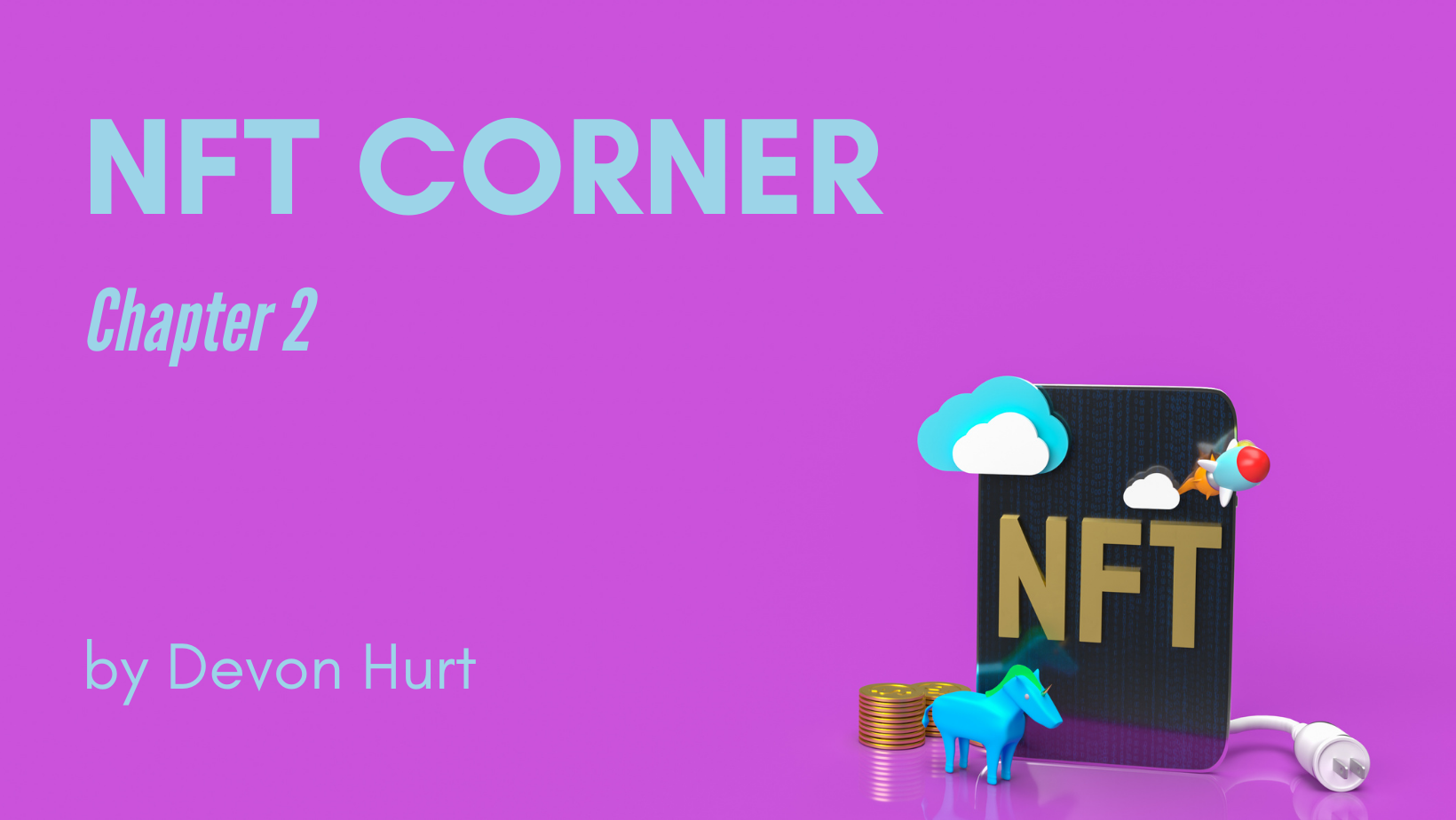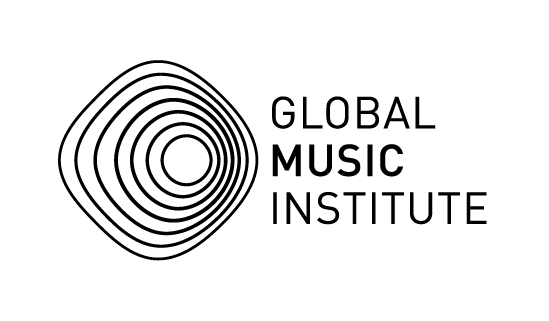
15 Oct NFT Corner: Chapter 2
Have you ever wondered why our art takes the form it does? Why are most songs 3 and a half minutes? Why are movies around 90 minutes, or tv shows just under an hour? I certainly didn’t give these questions much thought as a young artist, past a few half-formed thoughts about peoples’ attention spans. Like most people, I considered the subject of the piece of art to be the most interesting and telling aspect of it. In other words, if art tells us certain things about the culture and era its from, what the artist is saying is clearly more important than how that message is delivered. Right?
I functioned under this assumption for years as a young musician, until I encountered the work of writer and philosopher Walter Benjamin. He’s best known for his essay Art in the Age of Mechanical Reproduction, which I offered as suggested reading in my last post, and is quite famous in the art world for predicting the “Napster problem” that modern artists are currently faced with. But Benjamin’s body of work and areas of interest were incredibly varied, and he happened to address the very question we’re exploring today in his lesser-known essay The Crisis of the Novel. In it, Benjamin lays out his belief that the mediums through which we experience art and culture are shaped by the cultures that create them. To show this process in action, he uses the example of storytelling, and the rise and fall of the fiction novel as its popular medium.
Throughout the majority of human history, storytelling was a group activity. This was both a reflection of the more communal living of the past, and a response to material conditions. Remember, literacy was extremely rare until relatively recently, so storytelling was an oral tradition by default. But the invention of the printing press would lead to an explosion in literacy and by the height of the industrial revolution, some countries had rates over 50%. Benjamin argues that this combined with the isolation of city life (many workers left their families’ farms to find jobs) to give rise to the modern novel: a storytelling experience that’s meant to be solitary. What’s more, novels tend to narrate the thoughts and inner monologues of characters in ways previous stories didn’t, which again speaks to the lonely everyday existence of city dwellers. This is just one example, and Benjamin posits that all the mediums we express ourselves with are shaped this way; music, literature, film and television, even social media and news.
If we accept this as true, then a natural question to ask next is, what are the defining characteristics of our modern era? Benjamin published his essay in 1930, so his attempt to answer that is quite dated, but I think one of the qualities he settled on still holds true to day, and that’s distraction. Even then, he saw the beginning of the absolute barrage of stimuli modern life would become; background music in every shop, a tv in the corner of every bar, a flashy ad on every surface. We’re inundated everyday with sensory experiences that would have commanded the undivided attention of someone even 100 years ago. Over time we build up a certain tolerance or filter, resulting in a sort of half-attentive state where we can process everything coming in without being overwhelmed, but only because we process things on the surface level. You recognise the Coca Cola ad as what it is, but you don’t stop to consider the ad every time you see it. It just kinda washes over you after a while. Benjamin believes that that is now our default form of consciousness, and that the infrastructure of mass media (of all types) has constructed a world that caters to it and reinforces it. This obviously has serious implications for all aspects of society. But this is a music/art blog, so how would that constant state of distraction affect how we make art? The most important consequence has to do with the art’s relationship to its audience, and I think is exemplified with what happened in our own realm of music.
For the first time in its history, music couldn’t count on the undivided attention of its listeners. Radio and recording technology had taken it out of the concert hall and thrust it into everyday life, competing for people’s attention like everything else. This competition gave birth to the hit factory style of songwriting we now think of as the modern music industry (fun aside: in both India and the United States, the seeds of the industry grew out of the musical theater. America’s Tin Pan Alley dominated early recording charts, while Bollywood is a superstar factory to this day). The era’s composers quickly perfected the art/science of short, catchy tunes that get stuck in listeners’ ears. The fact that this 3:30 play time still sticks with us long after the technical limitations of records were figured out, speaks to the enduring primacy of the ear worm.
Benjamin certainly proved prophetic in his assessments. I’d argue that the defining thing about our modern lives is in fact the ultimate endpoint of that distraction. Oh yes, I’m talking about our beloved series of tubes known as the Internet. From our perfectly calibrated dopamine-drips we call social media, to streaming services that offer the entire history of music and film, we’re inundated with things that demand our attention. Everything that defined the modern era is taken to the extreme in the internet era. However, I would argue that we haven’t yet gotten mediums of art that are distinct to the internet age. We’ll explore what I think that will look like in the next instalment, but I encourage you to spend time thinking about what that would look like on your own.
Photo courtesy of Francois Hoang/Unsplash
Devon Hurt is a composer and improvisor, currently based in the greater Boston area of the United States. Since graduating with an MM in Contemporary Improvisation from New England Conservatory of Music in 2017, he has performed and taught all over the world. His work attempts to address the role of music and art in an increasingly complicated and connected world. His group Tiny Circus attempts to expand the tradition of improvised music, by incorporating the musical languages of different modern electronic musics, including Drum and Bass, Lofi, and Footwork. He is also the founder of the GIF Economy, a decentralized NFT auction house on the Algorand blockchain.




No Comments